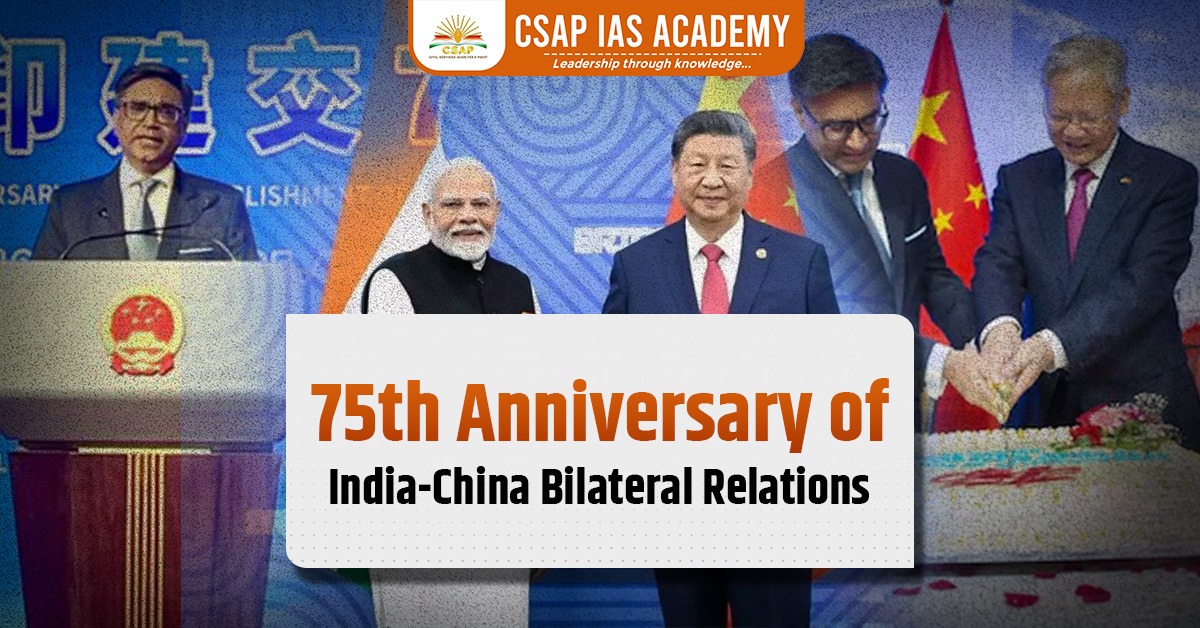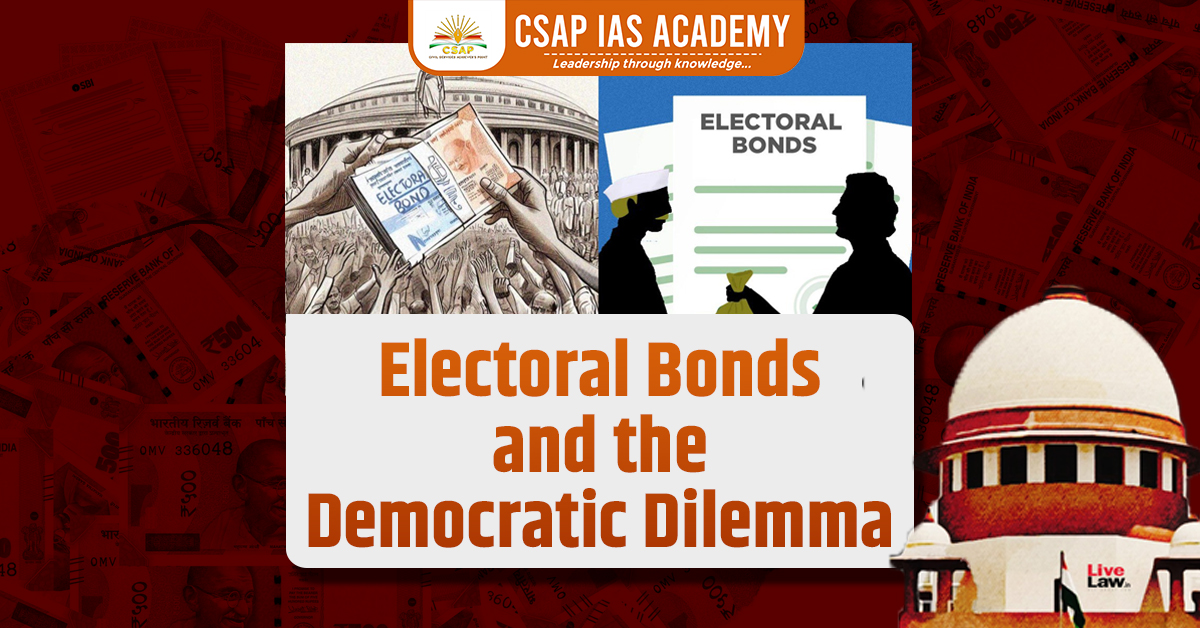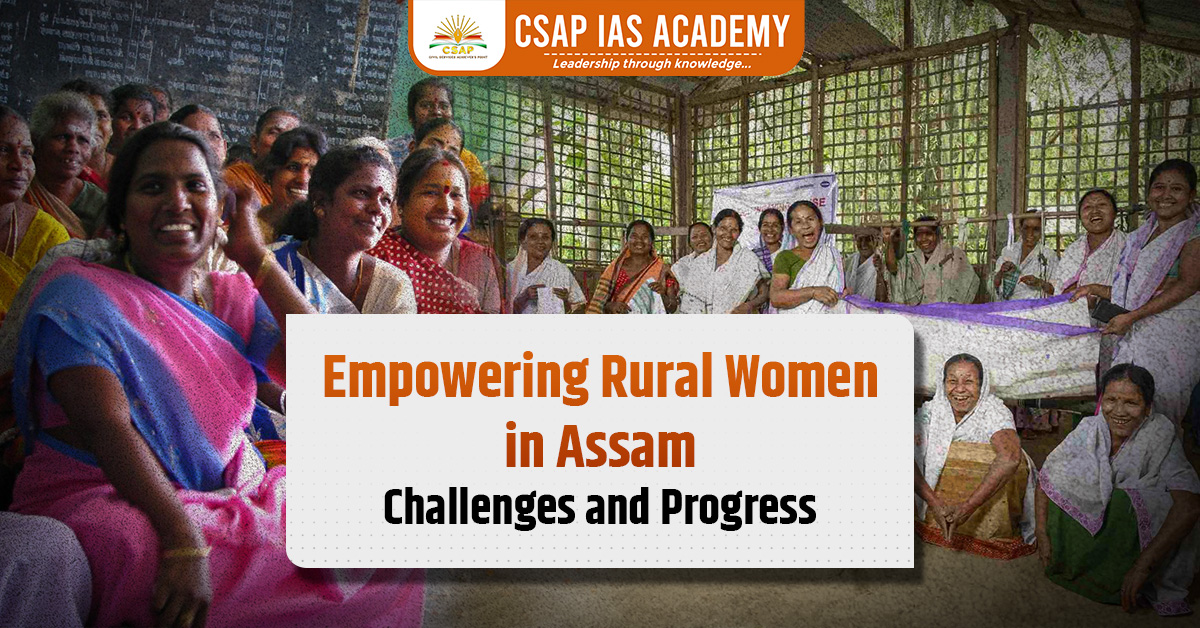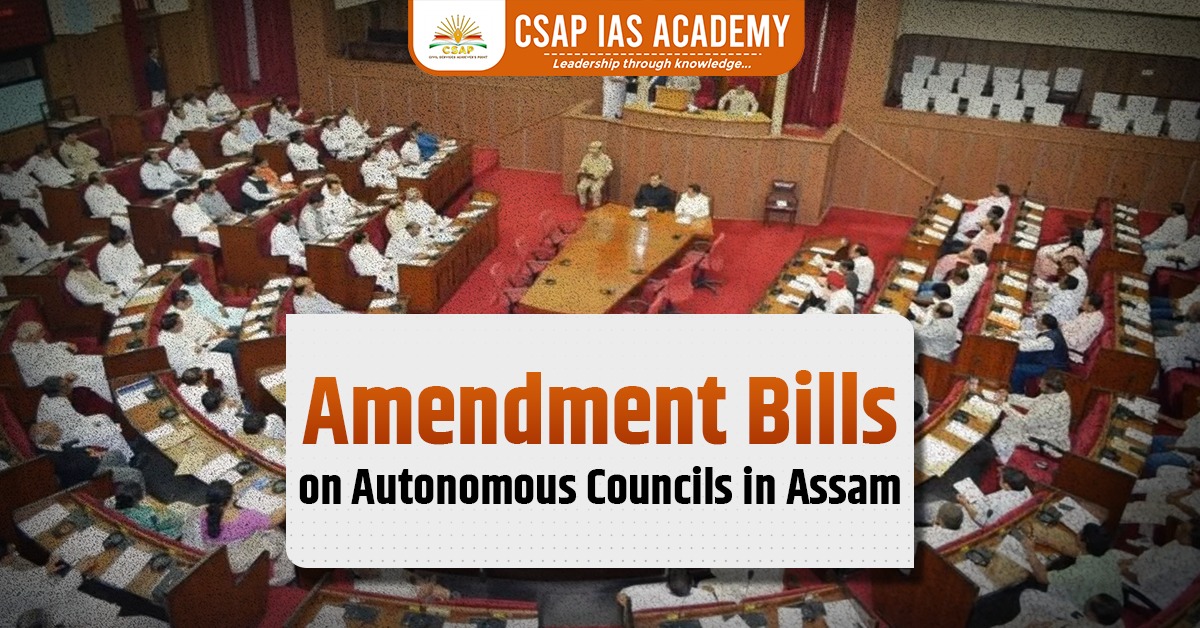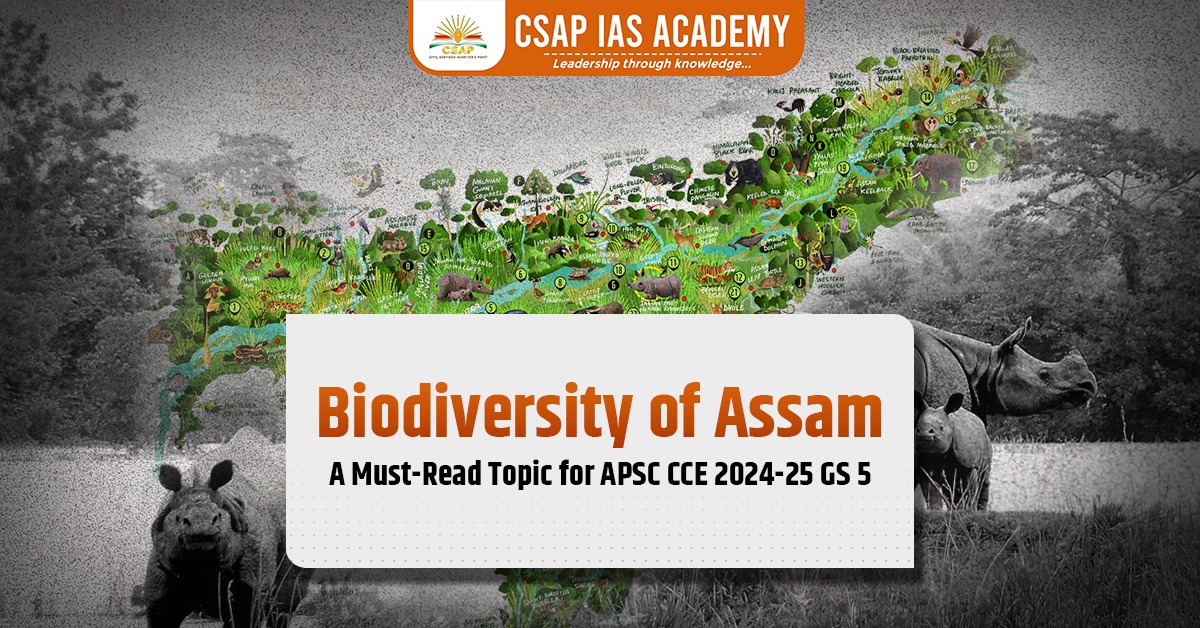India and China, two of the world’s oldest civilizations, share a long and complex history of cultural, economic, and political interactions. As neighbouring countries with vast populations and significant geopolitical importance, their bilateral relationship plays a crucial role not only in the regional context but also globally. On the occasion of the 75th anniversary of the India China relations, Chinese President Xi Jinping has emphasized the importance of a cooperative approach termed the “dragon-elephant tango” to enhance mutual interests and address longstanding issues.
Background of India China Relations

India and China established diplomatic relations on April 1, 1950, with India being among the first non-communist countries to recognize the People’s Republic of China. Over the decades, the relationship between the two countries has witnessed numerous phases of cooperation, conflict, and attempts at rapprochement.
Key historical milestones include:
- 1954: Signing of the Panchsheel Agreement, which emphasized peaceful coexistence.
- 1962: Border conflict over disputed territories along the Line of Actual Control (LAC), leading to a major setback in relations.
- 1988: Visit by Indian Prime Minister Rajiv Gandhi to China, marking the beginning of a normalization process.
- 2003: Establishment of the Special Representatives mechanism to resolve the boundary dispute.
- 2020: Clash in Galwan Valley, which brought relations to one of their lowest points in decades.
The ongoing border tensions, particularly the eastern Ladakh military standoff, have posed significant challenges to achieving a stable relationship.
Key Highlights of the 75th Anniversary
- Chinese President Xi Jinping’s Message:
- In a message to his Indian counterpart Droupadi Murmu, Xi Jinping called for enhancing bilateral cooperation and striving for “mutual achievement”.
- Stressed on the importance of engaging in a “dragon-elephant tango” which signifies the cooperative and complementary relationship between India (often symbolized by the elephant) and China (represented by the dragon).
- Advocated for enhancing strategic mutual trust, a vital aspect given the border disputes and ongoing tensions.
- Urged for strengthening exchanges and cooperation in various fields including:
- Trade and investment, where China remains one of India’s largest trading partners.
- Climate change, a global challenge requiring cooperation between the two largest developing nations.
- Public health, especially in light of the COVID-19 pandemic.
- Highlighted the need for deepening communication and coordination in international affairs to promote a multi-polar world and greater democracy in global governance.
- Called for jointly safeguarding peace and tranquillity in the China-India border area.
- President Droupadi Murmu’s Message:
- President Droupadi Murmu reciprocated the message, emphasizing the importance of a stable, predictable, and friendly bilateral relationship.
- Stated that such a relationship would benefit both countries as well as the world.
- Proposed that the 75th anniversary of diplomatic ties be used as an opportunity to jointly promote the sound and steady development of India-China relations.
- Stressed on the importance of continuing dialogues to address concerns, particularly the Ladakh border standoff.
Significance of India China Relations
The relationship between India and China holds immense significance due to several factors:
Geopolitical Importance
- India and China are the two most populous countries in the world, collectively representing over one-third of the global population.
- Both countries are major regional powers with significant influence in Asia and beyond.
Economic Cooperation
- Despite political tensions, China remains one of India’s largest trading partners.
- There is immense potential for economic cooperation in areas such as infrastructure development, technology transfer, and manufacturing.
Regional Stability
- The India-China border issue is one of the most significant security concerns for both countries.
- Stability in the region is crucial not only for India and China but also for other South Asian nations.
Global Impact
- As emerging superpowers, India and China’s relationship impacts global economic growth, environmental sustainability, and international security.
- Both nations are part of major global platforms like the BRICS, Shanghai Cooperation Organisation (SCO), and the G20.
Challenges in Bilateral Relations
Despite the messages of cooperation, significant challenges remain:
Border Disputes
- The unresolved border issue, particularly in the Ladakh region, continues to be a major point of contention.
Strategic Rivalry
- China’s increasing influence in South Asia and the Indian Ocean Region (IOR) is viewed with concern by India.
Trade Imbalance
- India has consistently faced a trade deficit with China, which needs to be addressed through equitable trade practices.
Differing Political Systems and Ideologies
- India’s democratic structure contrasts with China’s authoritarian regime, leading to divergent approaches in international relations.
Future Prospects
- The 75th anniversary provides an opportunity for both countries to reflect on their past relations and work towards a future based on mutual respect, cooperation, and peaceful coexistence.
- Enhanced communication and cooperation in areas like trade, public health, climate change, and technology can help build trust and improve bilateral ties.
- The focus should remain on achieving a stable, predictable, and friendly relationship for the benefit of both nations and the broader international community.
Read: Empowering Rural Women in Assam
Download App:

